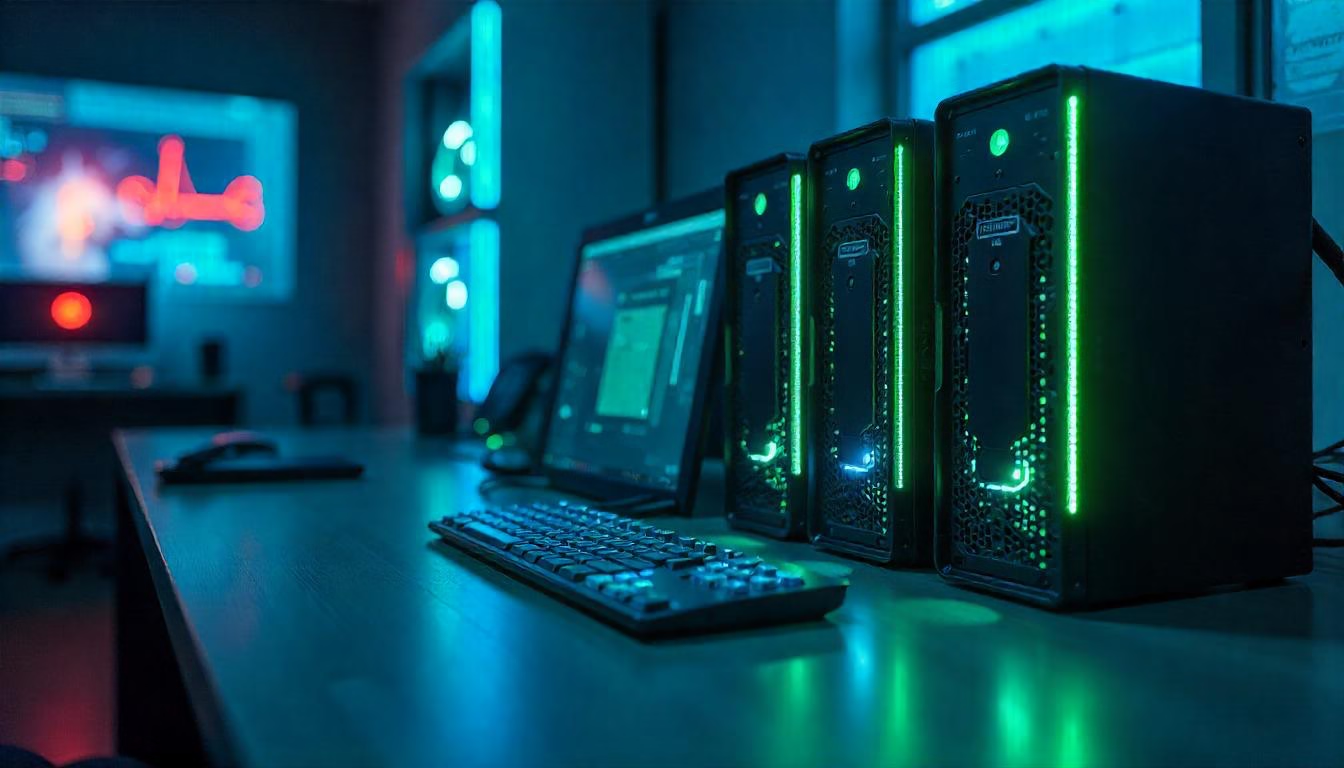Store Smarter. Access Faster. Take Control of Your Data.
🏠 Introduction
In today’s digital world, managing your data efficiently is more important than ever. Whether you’re a content creator, tech enthusiast, or someone who wants a centralized data hub, a NAS (Network Attached Storage) can be a game-changer. But instead of buying an expensive pre-built one, why not build your own? It’s cost-effective, flexible, and incredibly rewarding!
In this guide, you’ll learn exactly how to build a DIY NAS for your home lab — from selecting the right parts to choosing the best software. Let’s make your data work for you.
💡 Why Build Your Own NAS?
If you’re wondering whether it’s worth the effort, here are some clear benefits of a DIY NAS:
- ✅ Full Customization – Choose your own hardware and software.
- ✅ Cost Efficiency – More value for money than buying pre-built.
- ✅ Expandability – Add drives or features as you grow.
- ✅ Learning Experience – Understand networking and storage at a deeper level.
Whether you want a media server, backup solution, or cloud replacement, a NAS gives you full control.
🧰 Essential Hardware Components
Before you start building, let’s go over the core parts of your NAS:
🔹 1. Case
Look for a case that supports multiple drives. Fractal Design Node 304 or Cooler Master NR200 are solid compact choices.
🔹 2. Motherboard
Choose a mini-ITX or micro-ATX board with multiple SATA ports and ideally a low-power chipset. If you’re going AMD, look at B450 or B550 chipsets.
🔹 3. CPU
You don’t need a high-end CPU. An Intel i3, Pentium, or AMD Ryzen 3 is more than enough unless you’re doing heavy transcoding.
🔹 4. RAM
Go with 8GB minimum for basic storage tasks. For more demanding setups or virtualization, bump it to 16GB+.
🔹 5. Storage Drives
Use a mix of SSD (for cache) and HDDs (for storage). Brands like WD Red Plus or Seagate IronWolf are NAS-optimized HDDs.
🔹 6. Power Supply
Choose a reliable PSU with 80+ efficiency, ideally modular to manage cables better.
🔹 7. Network Card
Gigabit Ethernet is a must. Consider a 10GbE NIC if you want faster access in a high-speed network.
💽 Best NAS Operating Systems
Choosing the right OS is as important as the hardware. Here are the top picks:
🟢 TrueNAS SCALE / CORE
- Open-source and enterprise-level.
- Great ZFS support for data protection.
🔵 Unraid
- Simple, UI-driven setup.
- Perfect for media servers, Plex, and Docker.
🔴 OpenMediaVault
- Lightweight and beginner-friendly.
- Debian-based and highly flexible.
All of these systems support plugins, drive pooling, and remote access.
⚙️ Setup and Configuration
- Assemble Your Hardware – Connect your motherboard, install RAM, CPU, PSU, and drives.
- Create a Bootable USB – Use software like Rufus to flash your OS installer.
- Install Your NAS OS – Follow guided prompts for setup.
- Configure Storage Pools – Set up RAID/ZFS arrays for redundancy.
- Enable Remote Access – Use a VPN or secure SSH for remote file access.
💼 Use Cases and Benefits
A DIY NAS isn’t just a data dump. You can:
- 🔁 Backup multiple devices automatically
- 🎞️ Stream media to your smart TVs or phones
- 💾 Host virtual machines or containers
- ☁️ Set up your own private cloud
🔐 Security Tips
- Enable 2FA and strong admin passwords
- Regularly update your NAS OS
- Use UPS (Uninterruptible Power Supply) to avoid data loss during outages
- Setup snapshots or versioning for backups
💬 Need Help With Your NAS Build?
Want to build your NAS but unsure where to start? Or maybe you’d like HrWason to build it for you?
👉 Reach out here: services@hrwason.com
👉 Or join our tech community for hands-on help, parts suggestions, and setup support!
🔚 Final Thoughts
A DIY NAS gives you more than just file storage — it gives you freedom, performance, and a serious edge in managing your digital life. Plus, building one teaches you valuable IT and networking skills that can come in handy in many careers.
Explore HrWason’s blog for expert advice on web development, SEO strategies, digital marketing trends, and the latest in technology, networking, and custom gaming PCs. Stay ahead with tips for building impactful websites and enhancing your online presence.
Designed and Developed by HrWason






One thought on “🔧Build Your Own DIY NAS for a Powerful Home Lab Now!”